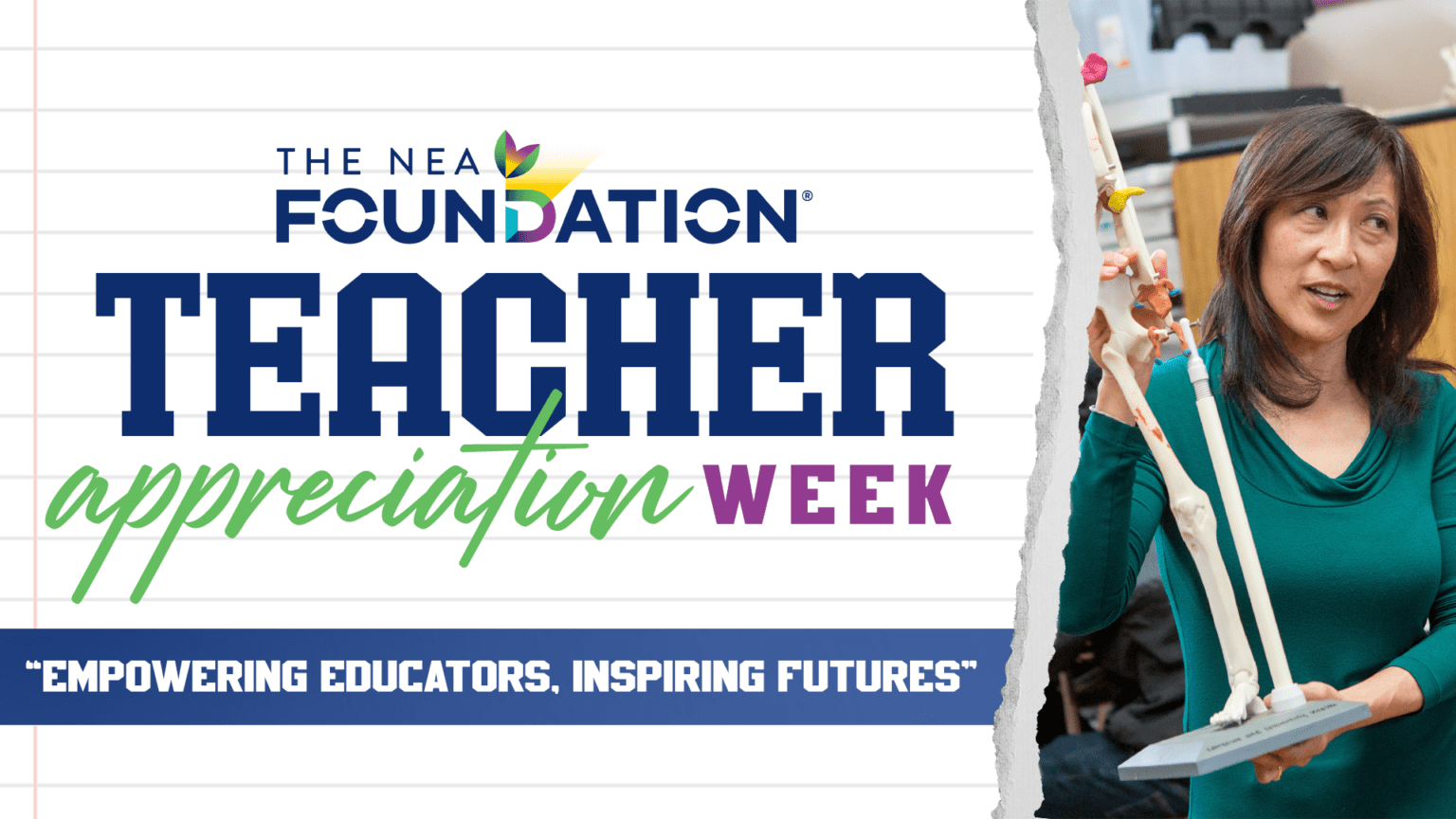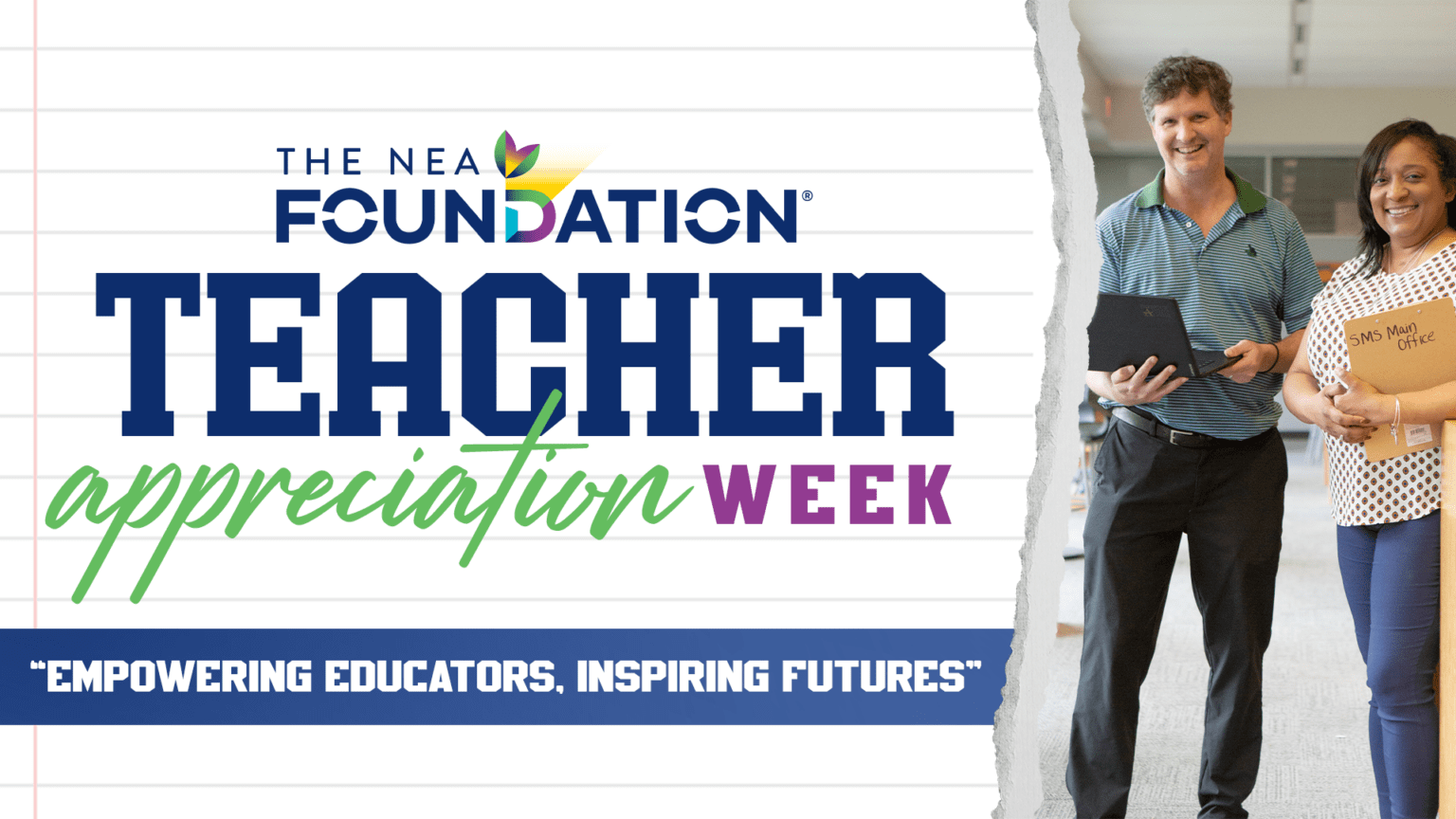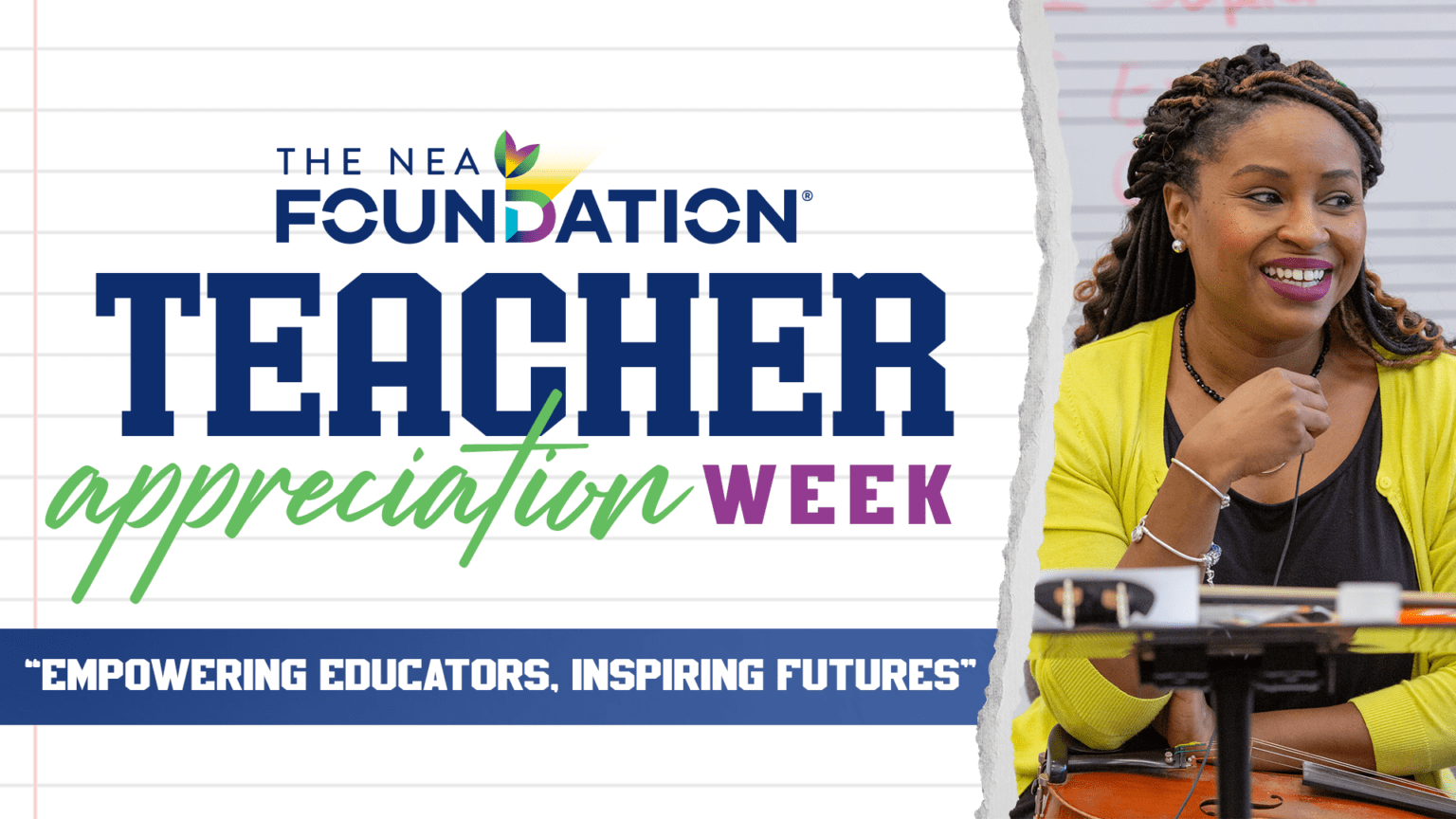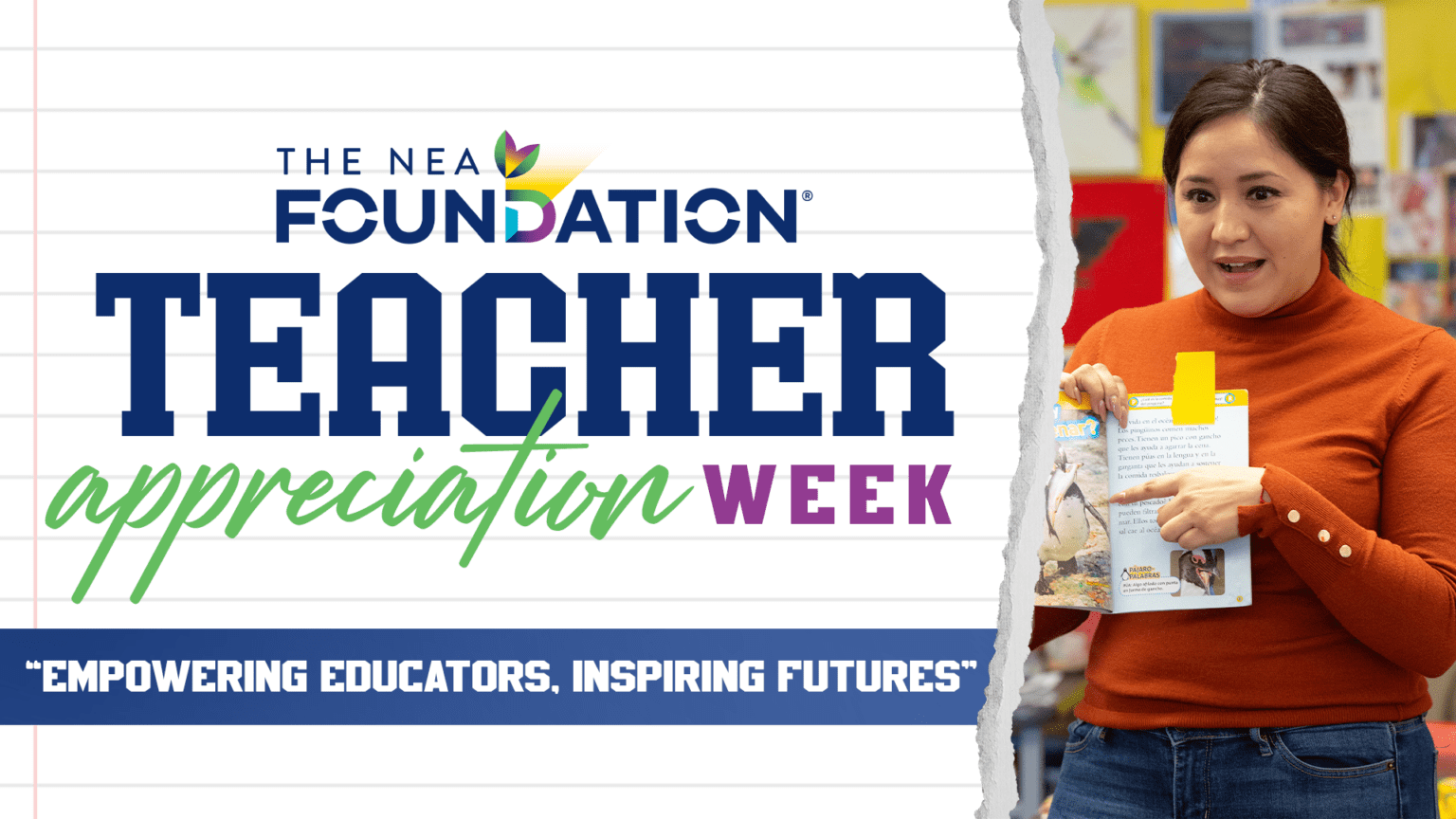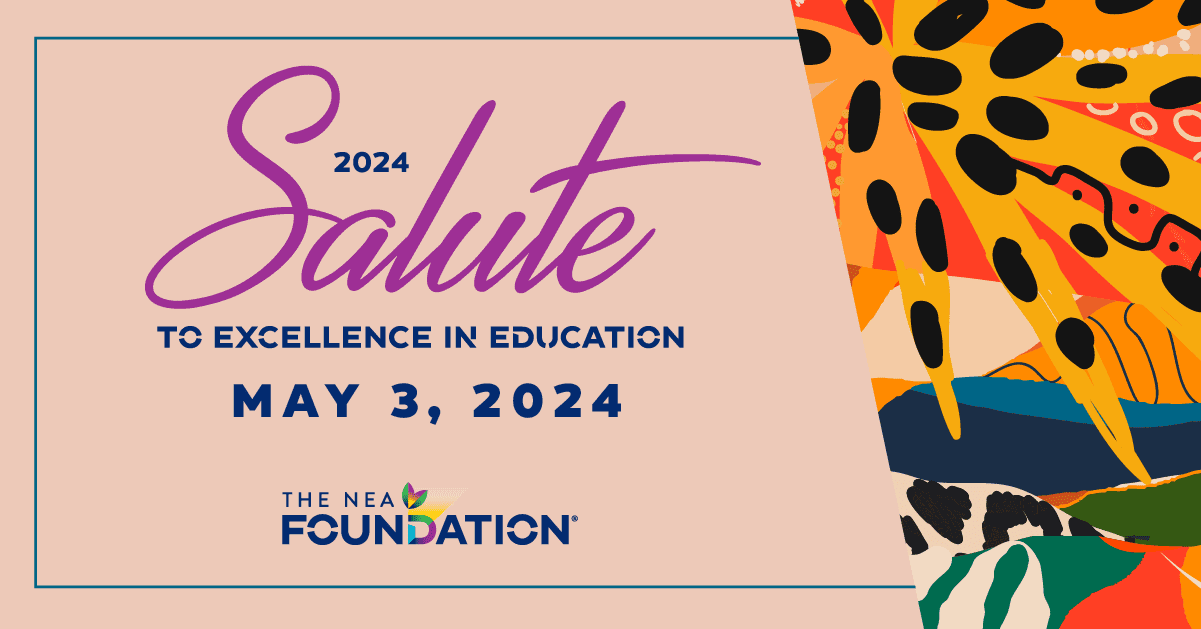
By Michael Fullan
Professor Emeritus, Ontario Institute for Studies in Education of the University of Toronto; Member, The NEA Foundation Senior Fellows Advisory Group
Jal Mehta drew a deeply insightful conclusion about the teaching profession in his book, “The Allure of Order,” when he observed that policy makers are doing with accountability at the back end what they should have done with capacity building at the front end. Because policy makers have boxed themselves into a back-end accountability corner they choose counterproductive solutions such as complex, time-consuming performance rubrics. Andy Hargreaves and I identified these problems and the solution in our “Professional Capital of Teachers,” and I recently documented how this narrowness of solution is ruining “The Principal.”
Given deterioration of performance of schools in the US, at least in comparative terms, and given the boredom of students, and the alienation of teachers, especially among younger members, the pressures are mounting. Something has to give. Unions, as this NEA Foundation report argues, need to take action with respect to what would improve the conditions and performance of their members. Members of the profession more and more want training, feedback and support in order to become more effective in meeting the learning needs of students—provided that this professional learning is constructive. Thus, “Unions Leading Innovation in the Use of Time,” represents a new and critical foray for unions into ‘forcing’ a new and more effective set of conditions.
The solution of course is not just ‘more time’. The qualifier ‘innovation’ (in the use of time) is at the heart of the matter. Nothing is more vexing to the teaching profession than the matter of autonomy. The history of individual autonomy, behind the classroom door, has served as a major detriment to the development of the profession. The imposition of narrow, complex appraisal schemes has made matters worse with wrong headed and ineffective new practices that reduce autonomy without providing a viable alternative. PISA 2012 gives us a more accurate picture of what works. It is not autonomy per se that is beneficial, but rather degrees of freedom that enables teachers and administrators to work collaboratively under conditions of shared metrics, transparency and a commitment to improving instruction linked to better learning for all students.
In other words time is a proxy for better learning conditions. And if you want to believe that all kids can learn, you better also believe that all teachers can learn—otherwise it is mathematically and strategically impossible to help all children learn.
This has to be carefully, focused work. The advice is do not make more time an end in itself. As the report concludes ‘innovation’ in the use of time comes with some strings attached—crucial strings. Not a long list, but a short, essential non-negotiable list. Time for focused work that:
- Places student learning and achievement for all students at the center.
- Seeks continuous improvements in current practice that promise to be more effective.
- Draws on and fosters the development of teachers’ human, social and decisional capital—their professional capital.
- Brings teachers into deeper, substantive and continuous contact with their colleagues within and across schools to maximize the quality and impact of their work.
- Draws on the organizational and instructional expertise of union members to partner with like-minded administrators and policy makers at all levels of the system—school, district, region, state.
- Sustains the above 5 elements through contract agreements, memoranda of understanding and the endorsement of this new normative work that is embraced, modeled and monitored in everyday cultures, not only in schools but across the profession.
Let us treat this report as one step toward blowing up ‘back-end accountability’, and signaling the start of a fundamental change in the profession where unions partner with all levels of the sector to lead change that positively, measurably affects the lives of students. To the extent that this happens the good news is that it will also positively and measurably affect the lives of teachers.
Download the full NEA Foundation issue brief, “Unions Leading Innovation in the Use of Time.”

